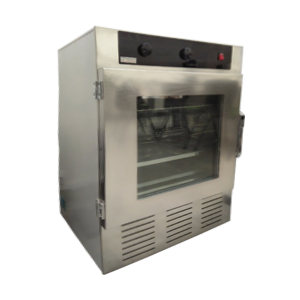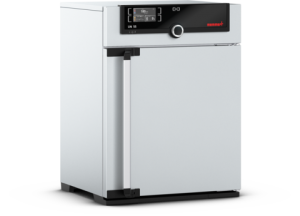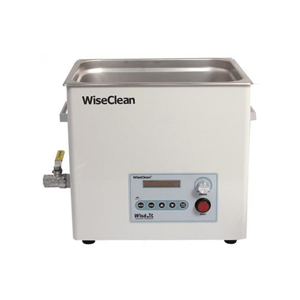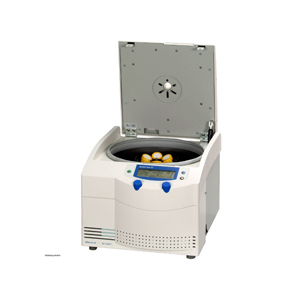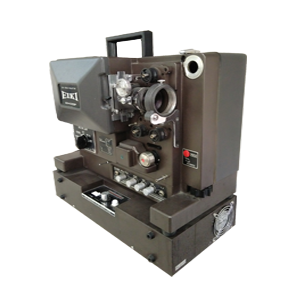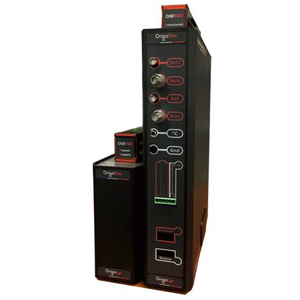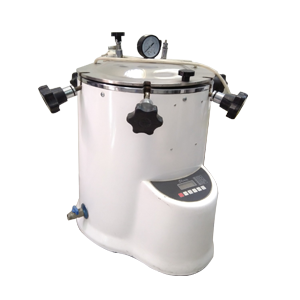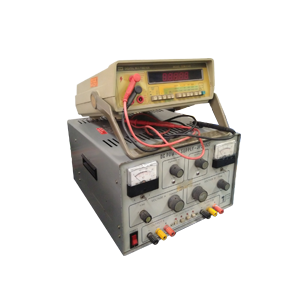8th International conference on Nanostructures
The Institute for Nanoscience and Nanotechnology (INST) of Sharif University of Technology founded the biennial conferences on Nanostructures with the special support of Iran Nanotechnology Initiative Council (INIC) in 2006 after a timely perception of the need of scientific and technological society to interact, exchange and discuss the newfangled fields of Nanoscience and Nanotechnology which had been experiencing fast progress. Look here.



